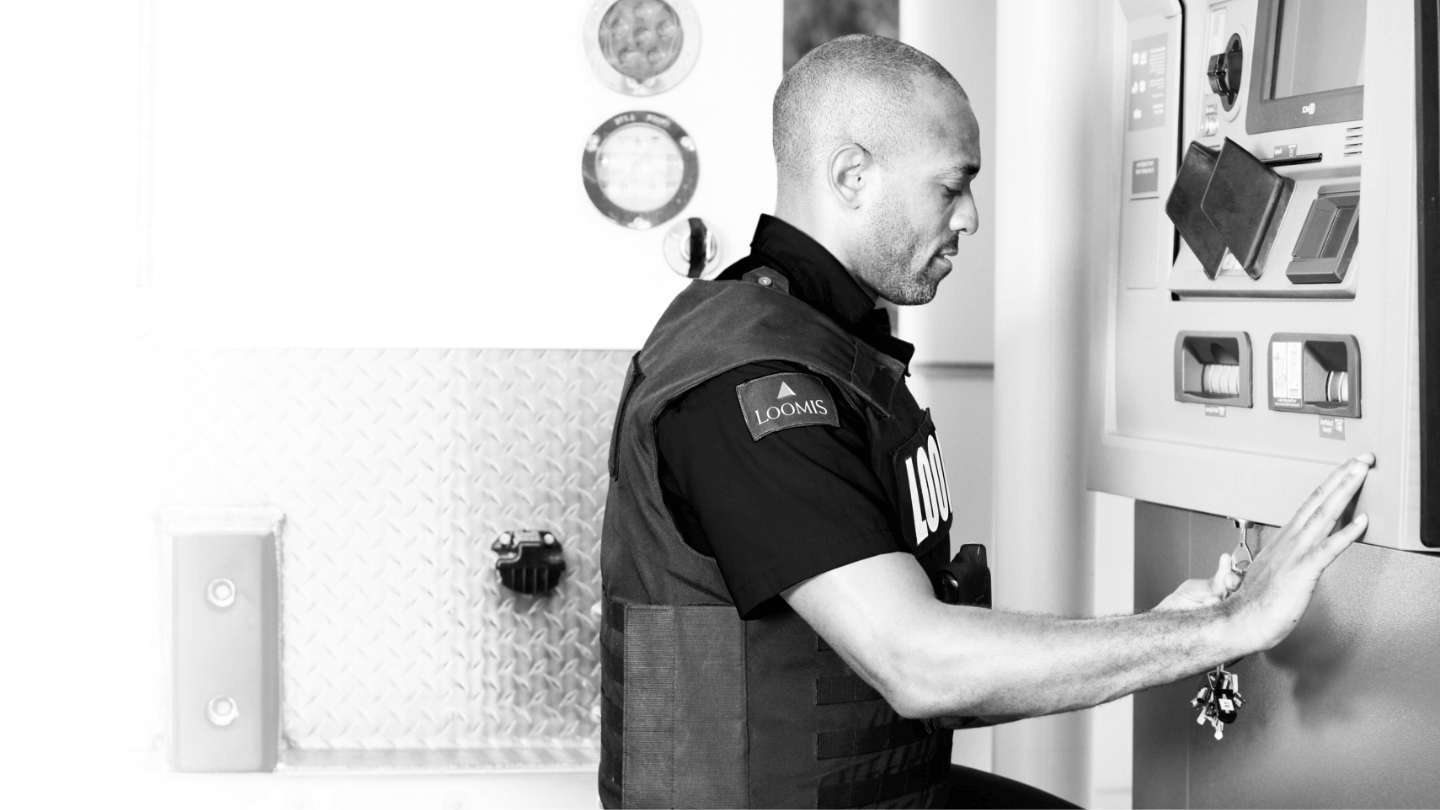How Restaurants Can Boost Efficiency with a Smaller Footprint

While the COVID-19 health crisis necessitated massive shifts in American culture, perhaps one of the biggest, one of the most unanticipated effects on the nation has been the movement of population away from large urban centers toward the suburbs and more rural areas—even among younger populations.
“The office place drove people toward cities,” says Lenny Evansek, Senior Vice President of National Retail Business Development at Loomis. “But, during COVID, the office place is no longer a requirement, and with millennials beginning to turn 40 and raising families—and even some younger generations—are moving out of cities into suburban centers.”
Where potential consumers have moved, restaurants have followed, adapting their growth plans to meet demand for their products outside of large cities. As a result of the shift toward more car dependent areas, many brands have become more opportunistic about available real estate and have modified floor plans to accommodate smaller interior footprints to maximize space for drive-thru lanes, third-party delivery, or carryout parking rather than using that space for dining rooms.
However, this shift puts interior space at a premium and makes it difficult for restaurants to find room for devices that help them operate more efficiently, such as cooking technology or smart safes. Yet this doesn’t make these devices any less vital to a store’s operations.
In fact, smart safes still play a crucial role for restaurants. According to findings from the 2021 Diary of Consumer Payment Choice, conducted by Cash Product Office of The Federal Reserve, many people still use cash when making in-person payments, and the amount drastically increases when the payment total is less than $25, which includes a large portion of quick-service orders. Meanwhile, the handling of cash to count down drawers and create and deliver deposits to the bank eats up a significant amount of payroll and manager time each week. As restaurants operate on razor-thin margins and with skeleton crews amid rising labor costs, they simply cannot afford inefficiencies in these processes.
Loomis smart safes, however, can help even in the smallest back office or under the counter spaces. Rather than offering a one-size fits all smart safe, Loomis’s line of Titan smart safes come in a variety of sizes to give restaurants the flexibility to find a solution that best fits their needs.
“Within our SafePoint ecosystem, we offer smaller smart safe sizes at a lower price point that are geared toward stores with less available space or those taking in less cash,” Evansek says. “However, these smaller models still offer all the same benefits of our larger smart safes, such as provisional bank credit for deposits made to the safe, visibility into a store’s cash situation, eliminating bank runs, and seamless reporting back to franchise or corporate offices through our PlatformSync API.”
Evansek also notes that these smaller smart safes also replace several systems to reduce further space constraints by eliminating the need for lights or markers to detect counterfeits and desktop currency counting tools. Restaurants can also add on small bottom or side safes to replace standalone drop safes, further saving on floor space.
“It’s time to get rid of any process that’s inefficient, and there’s no better time than when a newly remodeled or built restaurant is opening,” Evansek says. “With minimum wage rising in conjunction with the ongoing labor shortage, restaurants still need to invest in technology that helps reduce payroll hours and control for costs without sacrificing food quality or service. Our line of smaller Titan smart safes can help these restaurants gain back that efficiency and balance all their priorities at once.”
Find out how we can help with your cash management.
Contact Us